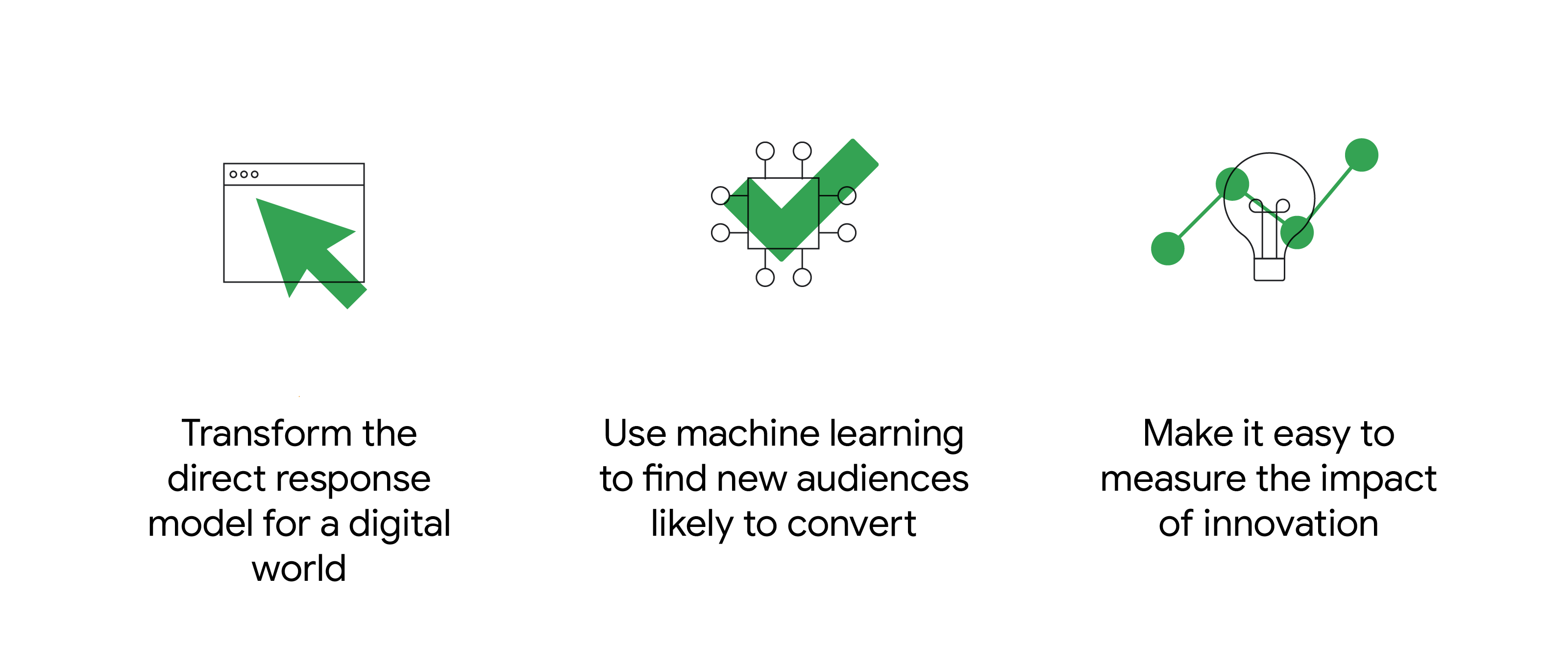With all the upheaval of the past year, even the most successful marketers have had to throw their rule book out the window and find new ways of hitting their goals.
That’s something St. Jude Children’s Research Hospital understands very well. With an operating budget of over $1 billion and almost 80% of the funds necessary to sustain and grow St. Jude coming from individual donors, it is one of the largest and most well-respected charities in the industry. But it had some marketing challenges. While the brand made updates to its marketing a few years ago, it knew that to become nimbler and reach a new audience, it had to further digital transformation efforts. And that was before the pandemic hit, which required reimagining new ways to execute thousands of planned fundraising events.
So the brand got creative to reach a new generation of donors. Here are three approaches the team took to increase online donations 46% year over year, along with some lessons they learned that all marketers can apply.

1. Transform the direct response model for a digital world
Historically, St. Jude has raised a lot of money through mail, live events, and direct-response television, with viewers donating directly by calling a toll-free number or visiting the website. With thousands of in-person events canceled this year and more people now watching video-on-demand, the brand has started applying this same direct-response marketing approach to digital channels through video and Search.
For example, St. Jude revamped the “telethon” by using YouTube live streams, partnering with creators like The Game Theorists to raise more than $3 million on Giving Tuesday, doubling viewership, and tripling donations year over year — an approach that earned the team a Shorty Award. St. Jude plans to continue hosting live streams, partnering with creators, artists, and other corporate brands. It has also hosted a concert series and Q&As with creators and up-and-coming artists to engage with donors.
“There’s not a tool in the tool kit we don’t use,” explains Emily Callahan, chief marketing and experience officer at ALSAC, the fundraising and awareness organization for St. Jude Children’s Research Hospital. “We use traditional marketing approaches to reach people, and we also try to stay abreast of trends and leverage all the new channels out there.”
2. Use machine learning to find new audiences likely to convert
For St. Jude, sharing patient stories continues to be the most effective way to communicate its message. The brand has found that emotionally immersive long-form stories have half the cost per acquisition than other video content. St. Jude wanted to continually reach new audiences with that emotional content and encourage people to take action. To complement its research and historical donor data, St. Jude leveraged machine learning as a tool to serve its ads to a broader audience and find the YouTube and Google Search users most likely to donate.
By creating emotionally powerful stories and more deeply integrating machine learning into donor prospecting efforts, St. Jude was able to engage new, younger, and more diverse audiences.
For example, the brand used smart technologies like target cost-per-acquisition bidding to automate the bidding process for reaching potential donors. Formats like TrueView for action allowed St. Jude to embed clear calls to action like “Donate” and “Give Today” in the video ads for viewers to easily give as they listen to patient stories. This approach proved effective, earning St. Jude a place on the TrueView for action YouTube Ads Leaderboard.
To date, 25% of people giving through YouTube are new donors for St. Jude. By creating emotionally powerful stories and more deeply integrating machine learning into donor prospecting efforts, St. Jude was able to engage new, younger, and more diverse audiences.
3. Make it easy to measure the impact of innovation
With all of this innovation across digital comes an increased need to measure its impact. St. Jude has invested in transparency across the organization by breaking down silos between its media and analytics teams, and by creating a common measurement framework across all marketing touchpoints, including digital, TV, and connected TV.
This data is then used to power tools like a brand score card, which includes metrics related to relevancy, differentiation, consistency, presence, and brand affinity. This allows its employees — some of its biggest brand advocates — to access and draw on the data they need.
St. Jude has invested in transparency across the organization and by creating a common measurement framework across all marketing touchpoints.
“Since we started tracking these attributes, we’ve seen incredible gains in the effectiveness of our marketing,” said Callahan. “We empower every employee here in the promotion and protection of the brand, as well as our patient families and supporters.”
St. Jude has also used Google Marketing Platform to create a privacy-safe marketing dashboard to measure campaign engagement. This has allowed the team to monitor the real-time impact of their media across platforms and at every stage of the marketing funnel, making it easy to see what’s working and where improvements might be needed. By tracking this data, they’ve managed to grow their revenue by 45% year over year.
Stories that convey a powerful message
While technology and innovation have no doubt made our jobs as marketers easier and more effective, one of the core tenets of marketing remains the same, Callahan says: telling stories to convey a message.
“Over time, we have adopted new technology and new tactics, but what hasn’t changed in all of our marketing is the authentic way we tell our stories and empower others to tell their stories about St. Jude.”













